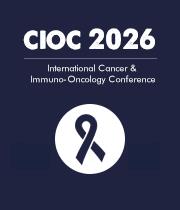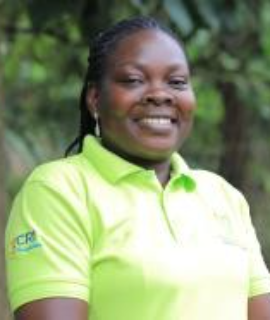Title : Community health workers role in advancing cervical cancer prevention and HPV vaccination in Mukono district, Uganda
Abstract:
Cervical cancer remains a significant public health challenge in Africa, with the continent bearing approximately 19% of global cases. The East African region reports particularly concerning statistics, with an age-standardized incidence rate of 40.1 per 100,000 women annually, significantly higher than the global average of 13.3 per 100,000 (Globocan, 2020). In Uganda, cervical cancer is the most common cancer among women of reproductive age, with approximately 6,413 new cases diagnosed annually and an age-standardized incidence rate of 54.3 per 100,000 women (UCI Annual Report, 2021). The high mortality rate is largely attributed to late presentation, with about 80% of cases diagnosed at advanced stages.
In Mukono District, like other rural and peri-urban areas in Uganda, access to screening services remains a significant challenge, with only about 30% of eligible women having ever been screened for cervical cancer (Mukono District Health Report, 2022). These statistics underscore the critical importance of community- based interventions and the role of Community Health Workers in expanding access to essential cancer prevention services, particularly in resource-limited settings.
NAWEC, an NGO in Mukono District, Uganda, transforms community health through 306 professionalized Community Health Workers (proCHWs). Since 2014, it has served over 262,256 clients through comprehensive healthcare programs including integrated Community Case Management(iCCM),Water Sanitation and Hygiene, mental health, and clinical outreaches, working towards equitable healthcare access for all.
In Uganda, where cervical cancer remains a significant public health concern, Community Health Workers (CHWs) have emerged as crucial frontline workers in cancer prevention efforts. This study examines the impact of CHW-supported cervical cancer prevention programs in Mukono District and surrounding areas. Through a comprehensive community-based approach, CHWs facilitated the screening of 7,406 women for cervical cancer, resulting in the identification and treatment of 266 positive cases through thermocoagulation. Notably, the program successfully integrated HIV services in 2024 with cancer screening, reaching 43 HIV- positive clients for cervical cancer screening, demonstrating the effectiveness of service integration. The CHW-led HPV vaccination campaign achieved significant coverage, with 6,962 girls 10 year of age receiving their first dose (HPV1) and 2,222 completing their second dose (HPV2). Additionally, CHWs contributed to increased family planning uptake, serving 28,139 clients, which complemented their cancer prevention efforts. These results highlight the vital role of professionalized CHWs in expanding access to essential cancer prevention services and underscore their potential in strengthening health systems to achieve comprehensive women's health care in resource-limited settings.



